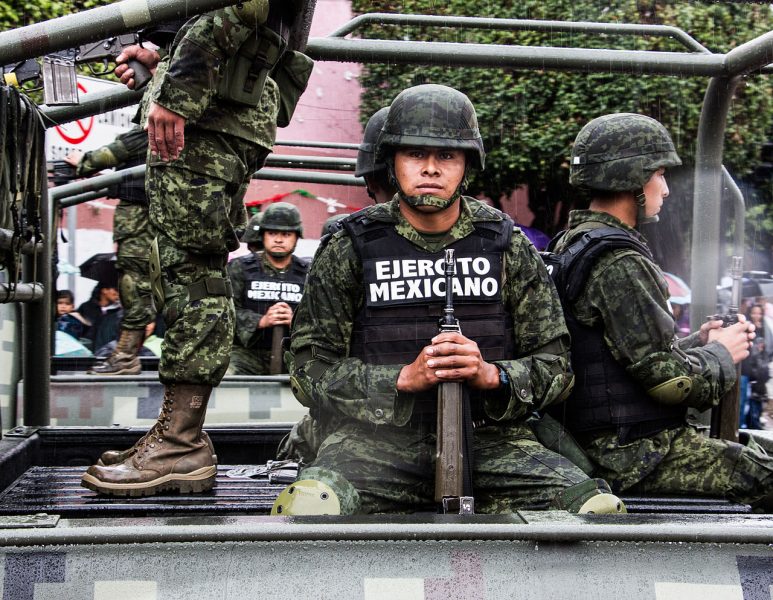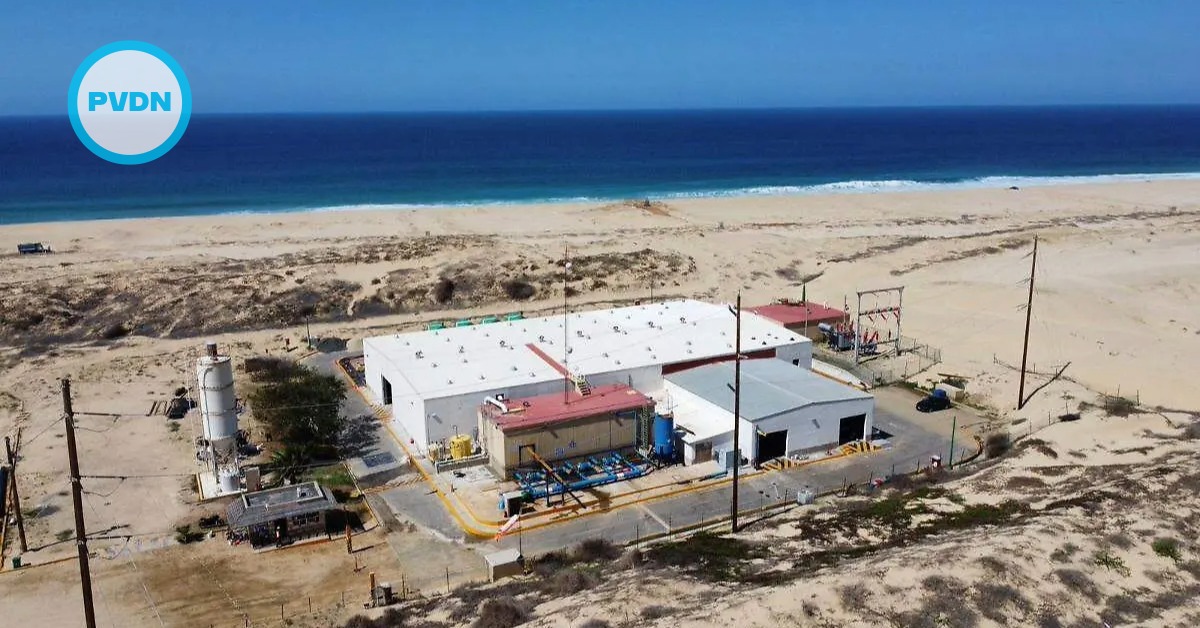Large-scale migration; natural, environmental, health and anthropogenic disasters; the geostrategic situation; the absence of alliances in defense; the loss of governability and governance; the vulnerability in the borders, and regional conflicts are the main threats to Mexico that the Armed Forces observe in the current Military Plan of Joint National Defense.
The document defines the risks as external or internal conditions generated by political, economic, social or non-state agents situations, as well as by natural disasters, human origin or epidemics, that without having a plan could threaten national development.
Experts in each of the risks indicated by the . . .






